Indian forehead jewelry holds significant cultural and aesthetic value within Indian customs and traditions. These elaborate and decorative adornments are worn on the forehead, right above the bindi, and have been an important part of Indian jewelry history for many years. Just like the African forehead jewelry, the Indian forehead jewelry reflects the rich and beautiful nature of traditional jewelry in the country, serving as a mark of cultural heritage and a technique for enhancing one's appearance. This gorgeous jewelry not only enhances the wearer's beauty but also bears witness to the everlasting history of Indian craftsmanship and cultural identity.
What are the various types of Indian jewelry?
Indian forehead jewelry is available in a diverse array of styles, each of which holds its own cultural and geographical significance. Take, for instance, the Maang Tikka, a type of wedding forehead jewelry featuring a chain that drapes along the hairline and connects to a pendant positioned on the forehead. This pendant is often adorned with an assortment of gemstones, pearls, or intricate metalwork, lending an air of opulence to the overall ensemble.
Another distinctive style is the Borla, frequently worn in Rajasthan, distinguished by a large spherical pendant situated at the center of the forehead. The Borla is a prominent element of Rajasthani bridal attire, crafted from gold or silver and bedecked with multicolored stones. Additionally, there are two other notable variations: the Jhoomar, an adornment that sweeps to the side, and the Matha Patti, an elaborate headpiece. Each style showcases the rich cultural heritage and artistic diversity of Indian forehead jewelry.
In Indian tradition, gold forehead jewelry is a widely favored option due to its representation of prosperity and auspiciousness. The use of gemstones such as rubies, emeralds, and pearls is common, with each stone carrying its own symbolic significance. Techniques such as intricate filigree work and enamel finishing are employed to enhance the aesthetic appeal of these adornments. Indian forehead jewelry holds a diverse and deeply rooted cultural significance, often reflecting the wearer's regional heritage, the occasion, and personal preferences. This rich diversity and symbolism contribute to the enduring appeal of Indian forehead jewelry as an integral part of traditional attire and cultural expression.
How to maintain Indian forehead jewelry?
To maintain the luster and elegance of Indian forehead jewelry, it is essential to pay meticulous attention to detail. Regularly cleaning the jewelry with a gentle, damp cloth is highly recommended as it helps to remove dust and perspiration, thereby preserving the metal's sheen. For forehead jewelry with gemstones, it is crucial to steer clear of harsh chemicals that could potentially damage the stones or metal. To prevent tarnishing and minimize the risk of scratches, it is advisable to store the jewelry in a cool, dry place. Additionally, wrapping the jewelry in soft fabric or tissue paper when it is not being worn provides an extra layer of protection. To avoid damage or loss, it is practical to remove forehead jewelry before engaging in activities that involve exposure to water, chemicals, or strenuous physical activity.


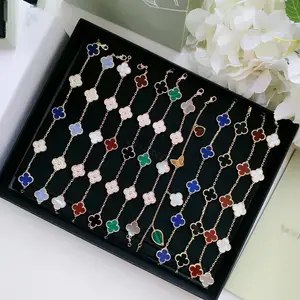

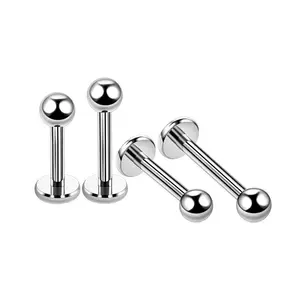
















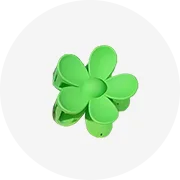
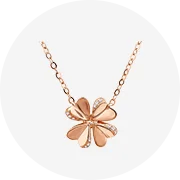
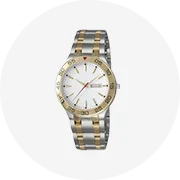


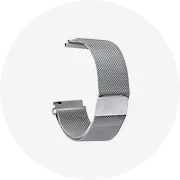









 浙公网安备 33010002000092号
浙公网安备 33010002000092号 浙B2-20120091-4
浙B2-20120091-4